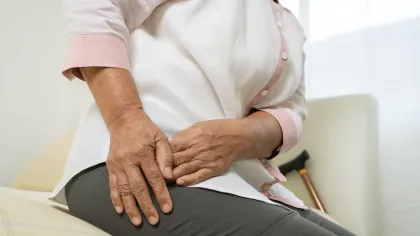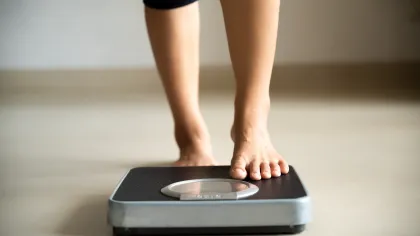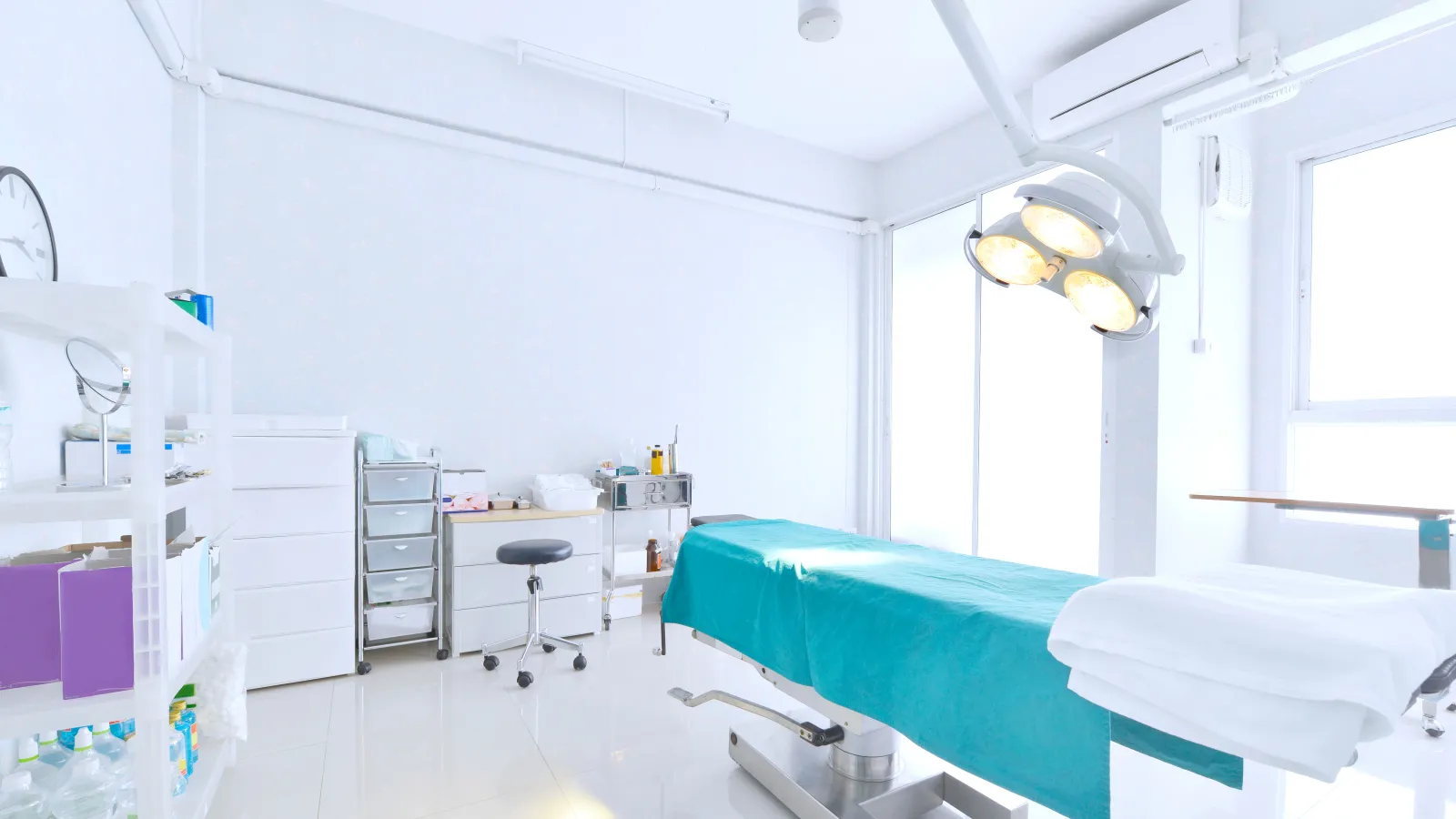
Total Joint Replacement
Improve Your Ability to
Perform Daily Functions
Is joint pain interfering with your quality of life? Has your lost range of motion affected your ability to complete daily tasks?
Restoring or replacing arthritic or damaged joints can ease your pain and improve your ability to perform daily functions.
Drs. Matthew Heinrich, David Dodgin, Gregory Catlett, and Eddie Seade in Austin, TX, can help patients resume their life through total joint replacement.
Total joint replacement is a surgical procedure in which parts of an arthritic or damaged joint are removed and replaced with a metal, plastic, or ceramic prosthetic device. These devices are designed to replicate the movement of a normal, healthy joint.

What joints can be replaced in a total joint replacement surgery?
Total joint replacement is a commonly performed surgery at our Austin, TX, practice and throughout the entire country. The American Academy of Orthopaedic Surgeons estimates more than 400,000 are done each year. At Orthopaedic Specialists of Austin, joint replacement is possible for virtually every joint, including the ankle, foot, shoulder, elbow, and finger, but the two most commonly replaced joints are knees and hips.

Knee Replacement
An advanced stage of osteoarthritis is typically the main reason for a knee replacement. Patients who need this surgery have severe pain in their knee that can prevent them from climbing stairs, getting up after sitting, and even walking. During this procedure, your doctor will remove damaged bone and cartilage from your shinbone, thighbone, and kneecap. The removed bone and cartilage will then be replaced with an artificial joint that functions like your natural knee.

Hip Replacement
Similar to a knee replacement, a hip typically needs to be replaced due to an advanced stage of arthritis. Patients who suffer from this severe pain have difficulty walking, getting dressed, climbing stairs, and even sleeping. During your hip replacement procedure, your doctor will remove the damaged sections of your hip and replace them with an artificial joint that functions just like your natural hip.

Shoulder Replacement
A shoulder replacement surgery involves replacing the head of the humerus (upper arm bone) with a metal ball, and placing a plastic surface in its socket. Dr. Edward Seade performs shoulder replacement at our Austin, TX, practice to help patients suffering with arthritis, severe fractures, and other conditions. He recommends this surgery only if more conservative treatments fail relieve painful symptoms. Following an exam, Dr. Seade can determine if shoulder replacement is the best solution for your needs.



Benefits of Joint Replacement
Live Life to the Fullest
Long-Lasting Support
At Orthopaedic Specialists of Austin, our patients benefit from top-quality implants that can last up to 20 years with proper care. In most adult patients, joint replacement is a life-long solution. Naturally, younger individuals may need an additional replacement over time, or as their body develops.
Improved Quality of Life
Joint replacement surgery should be reserved for patients who can no longer control their pain with conservative treatment or those with severe joint damage. By replacing the damaged joint, our doctors can alleviate pain and discomfort and restore your ability to perform daily activities.
Rapid Recovery
Many of our patients can walk or apply pressure to their new joints on the day of surgery. Following rehabilitation and physical therapy, many patients can return to their daily activities and continue to participate in their favorite hobbies including golfing, swimming, or hiking.
Meet Our Joint Replacement Specialists
Am I a good candidate for joint replacement?
Often, any patient who has tried all other non-invasive treatments and has seen no results is a good candidate for joint replacement. However, some factors can affect your candidacy:

Age
Total joint replacement is usually recommended for people between the ages of 55 and 80.

Health
Any underlying medical conditions need to be addressed with your surgeon before your procedure. Your candidacy will depend on the type and severity of your underlying disease.

Weight
Severely overweight or obese patients may not be good candidates for a joint replacement. The excess weight adds stress to the artificial joint and can sometimes lead to its failure.

Smoking
It will be recommended that you stop smoking before and after your joint replacement. Studies have shown there is a higher risk of medical complications and a need for a joint revision in patients who smoke.
For Long-Lasting Solutions and a Quicker Recovery
Contact Our Austin-Based Orthopaedic Practice
Drs. Heinrich, Dodgin, and Catlett are total joint replacement specialists who focus on providing the least invasive treatment possible that gives you the best results. Patients from all over Texas choose our doctors when they are having knee, hip, or any joint pain because they are:








